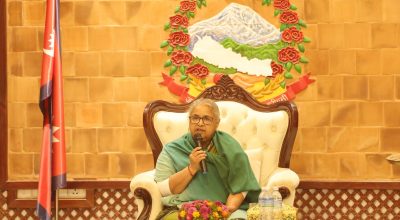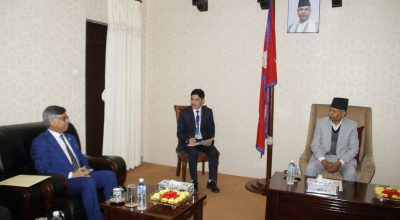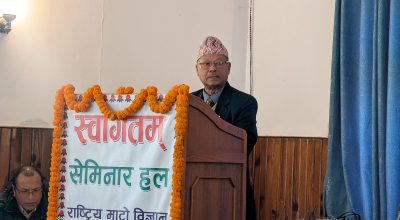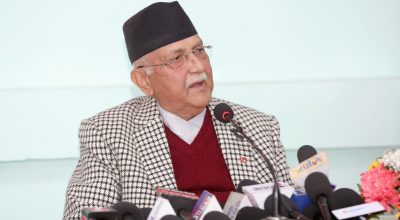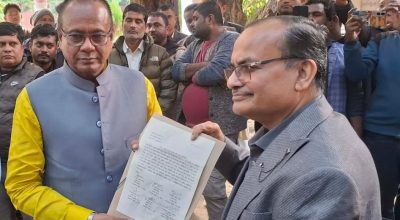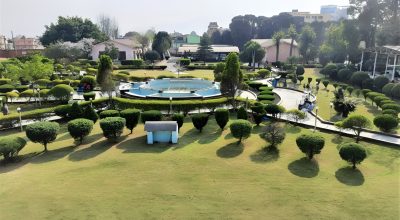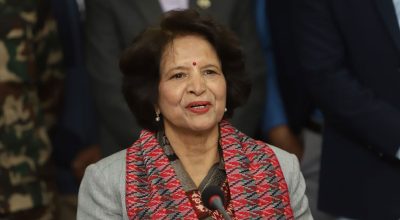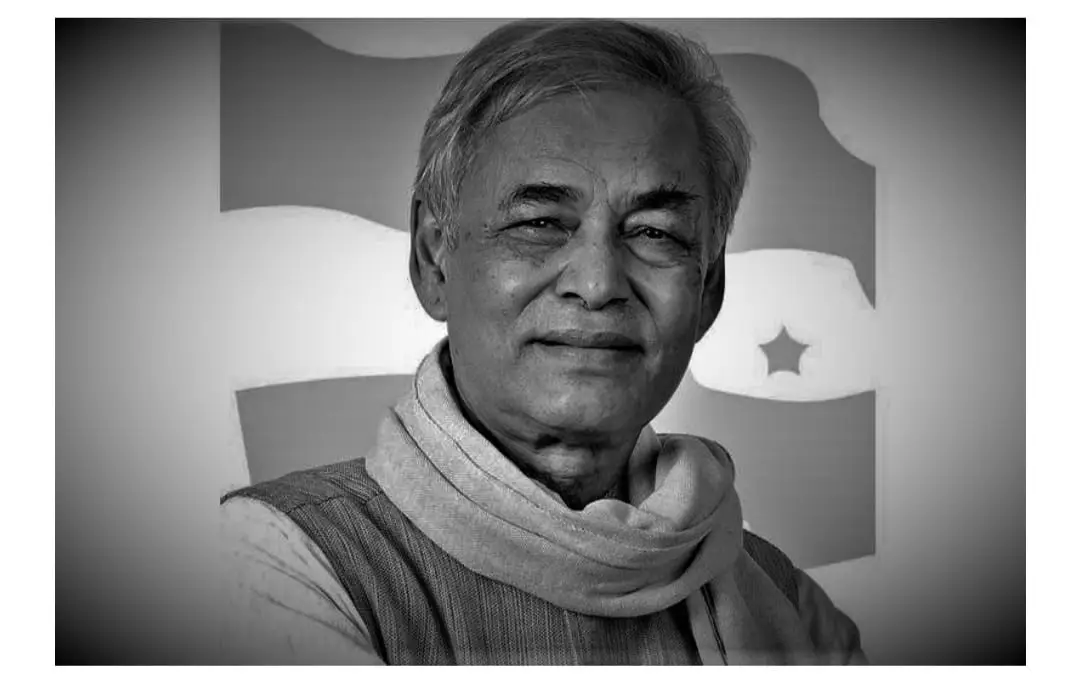
Raju Bishwokarma/RSS
Lahan: The entire ashram on the banks of local Khutti river in Lahan that would attract gatherings of political leaders and cadres is now in silence over demise of of Nepali Congress leader Pradip Giri. NC leaders and cadres and intellectual personals would gather when Giri turned up at the ashram built by himself to live in peace and relieve fatigue. The vegetation, the chirping of birds and peace atmosphere were added pleasant moments for visitors.
But, now there is a silence in the ashram. Jitini Ram, 55, and Ganvir Man Lama, 50, both of whom have been working at the ashram since 2052 BS have been saddened by demise of Giri.
The entire family of the ashram are mourning demise of Giri after their dear parent (Giri) is gone forever, said Dip Pariyar, who works for the ashram.
“There would be gatherings of people on a daily basis when Pradip Sir reached here. Most of people here have gone to Kathmandu, the federal capital of the country, to pay their tributes to him. Party leaders and cadres would gather here upon hearing the arrival of leader Giri at the ashram. Now, after his demise, the ashram wears a deserted look,” he said.
“We are left high and dry after parent of the ashram (Giri) is gone forever. We are left orphaned. There would be a dense gathering of people. But nowadays, people have left visiting here since Pradip dai (brother) went to New Delhi for treatment,” lamented Ram Krishna Chaudhary, a caretaker of the ashram.
After leaving his ancestral house at Bastipur, around six kilometers north-west of Lahan bazaar in Siraha district, Giri built an ashram on the banks of the local Khutti river towards 2048 BS after being influenced by the idea of Indian leader Jaya Prakash Narayan to establish a Karma-oriented ashram.
Surrounded by trees planted by Giri, the ashram spanning 12 biga of land is inhabited by Dalits and landless squatters. Ten years later, he started livestock farming after carrying out researches. “Leader Giri would spend most of his time at the ashram when he visited his birthplace,” shared Giri’s contemporary, Kumudranjan Baral, 71.
“Pradip dai would always care about Nepal, its poverty, inequality, unemployment, racial and religious antagonism, ecological deficits and agricultural culture development.”
The brick-walled and corrugated iron-roofed ashram houses a research center, a training center, a learning center for children, an operative, a Dalit welfare youth club, a women rights center and a radio station.





